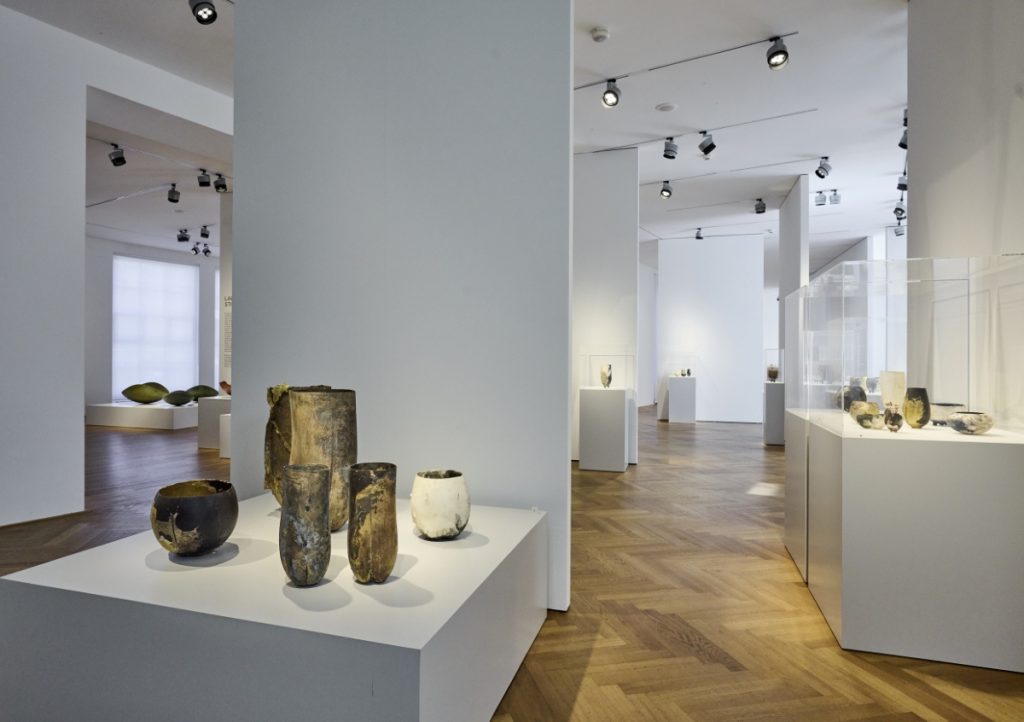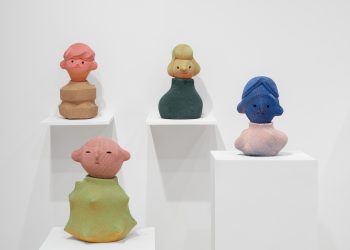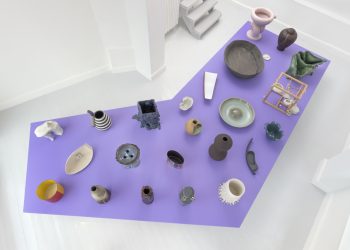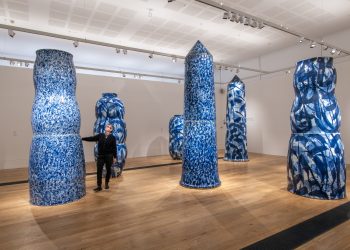
Peter Bauhuis. Photo: Bernd Grundmann 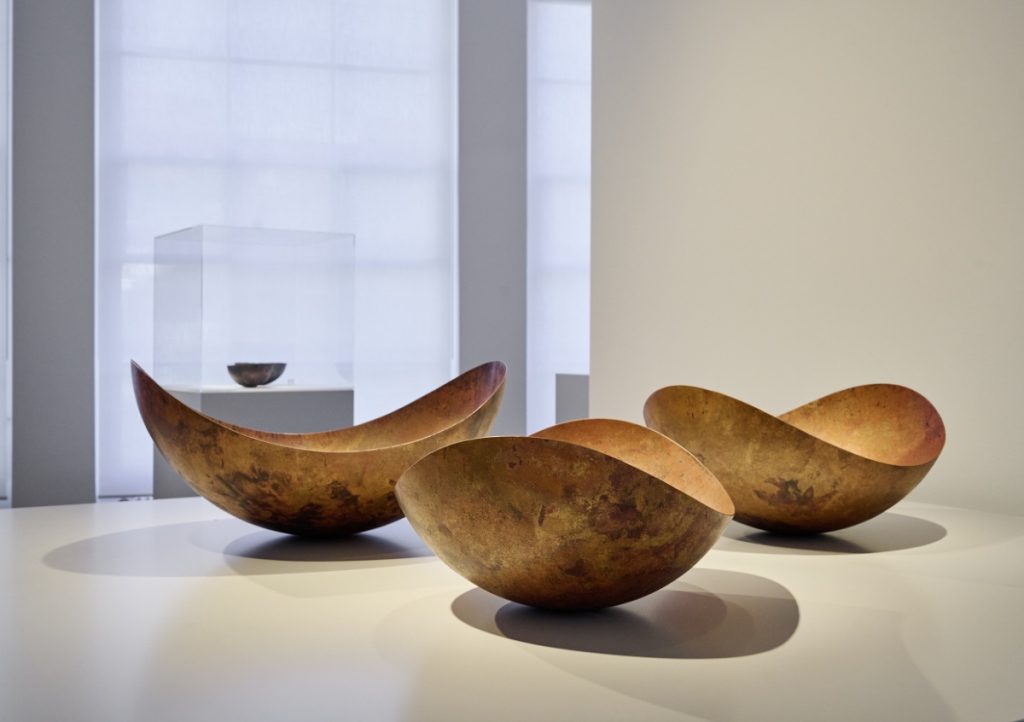
Laurenz Stockner. Photo: Bernd Grundmann 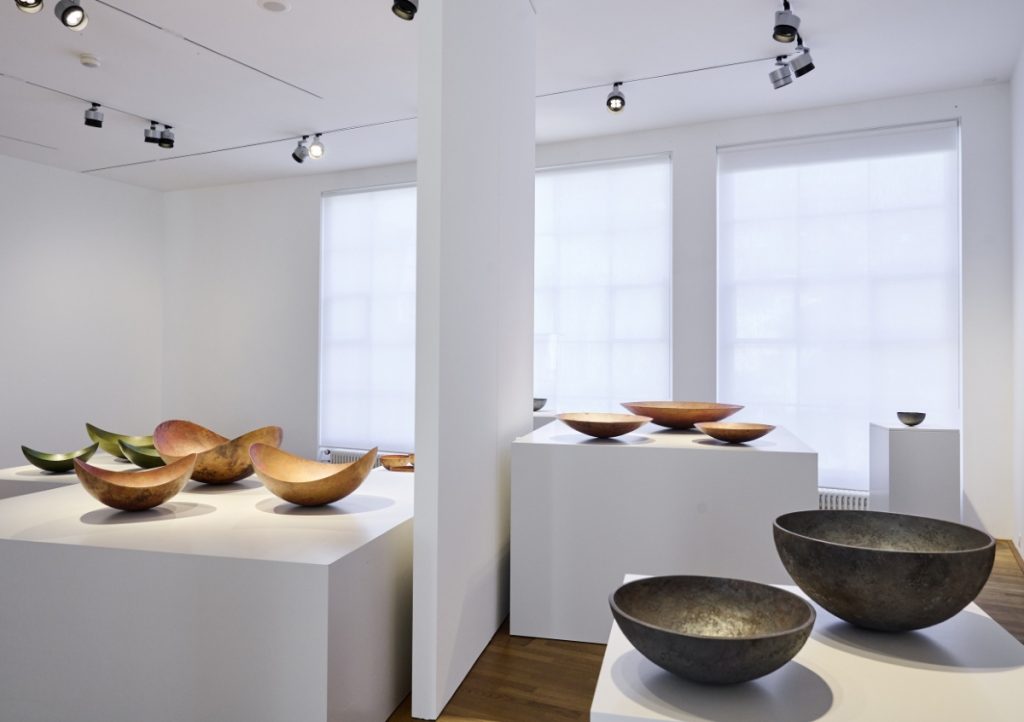
Laurenz Stockner. Photo: Bernd Grundmann 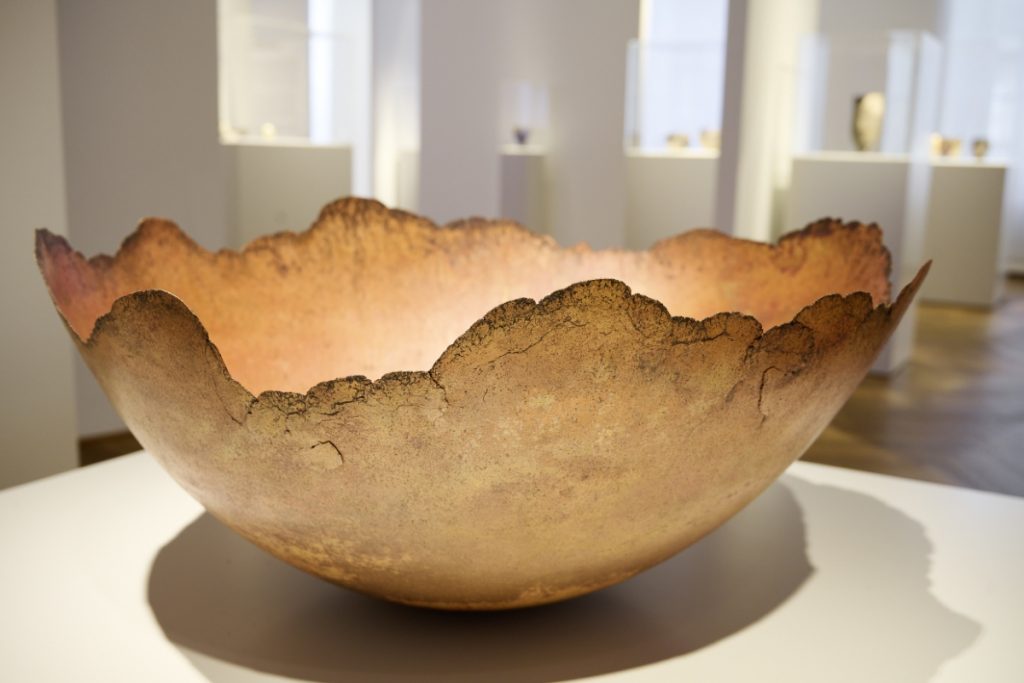
Laurenz Stockner. Photo: Bernd Grundmann 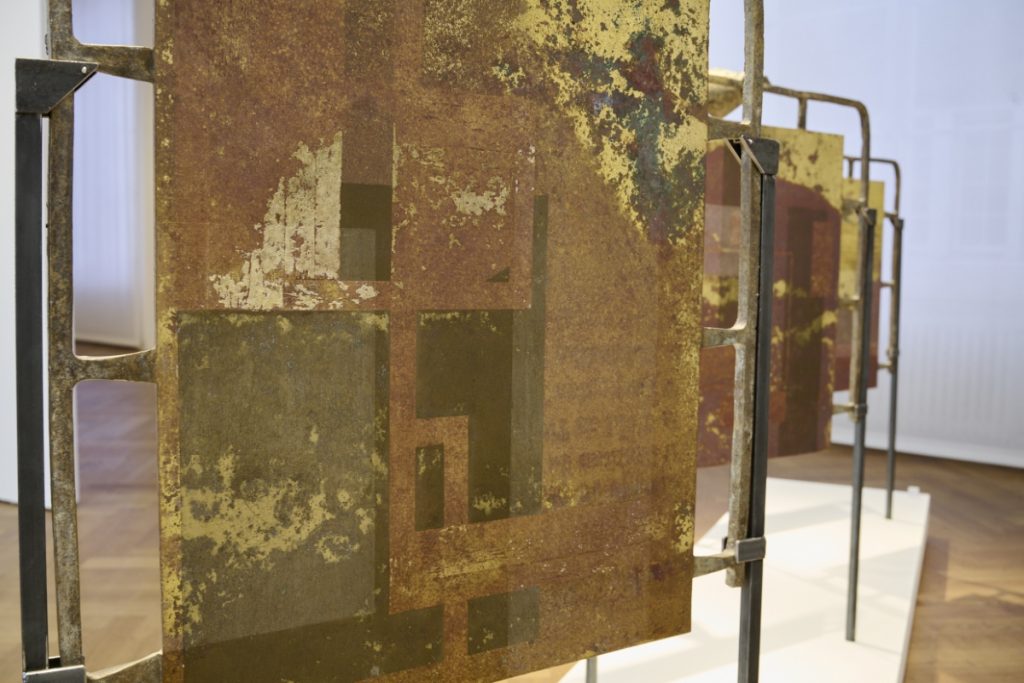
Anita Tarnutzer. Photo: Bernd Grundmann 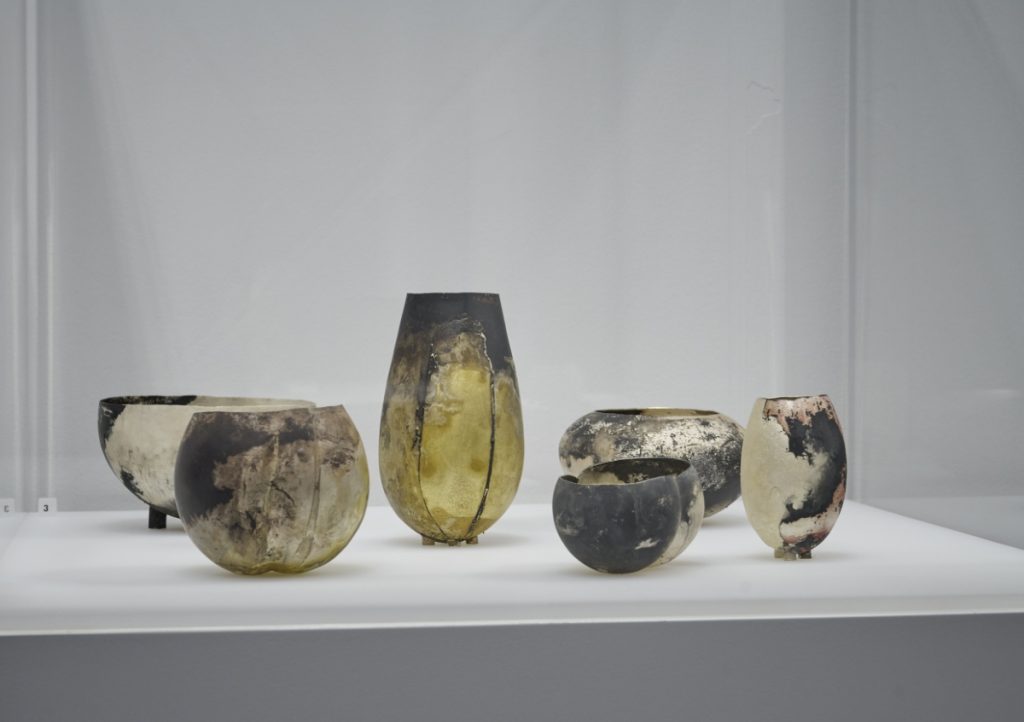
Peter Bauhuis. Photo: Bernd Grundmann 
Anita Tarnutzer 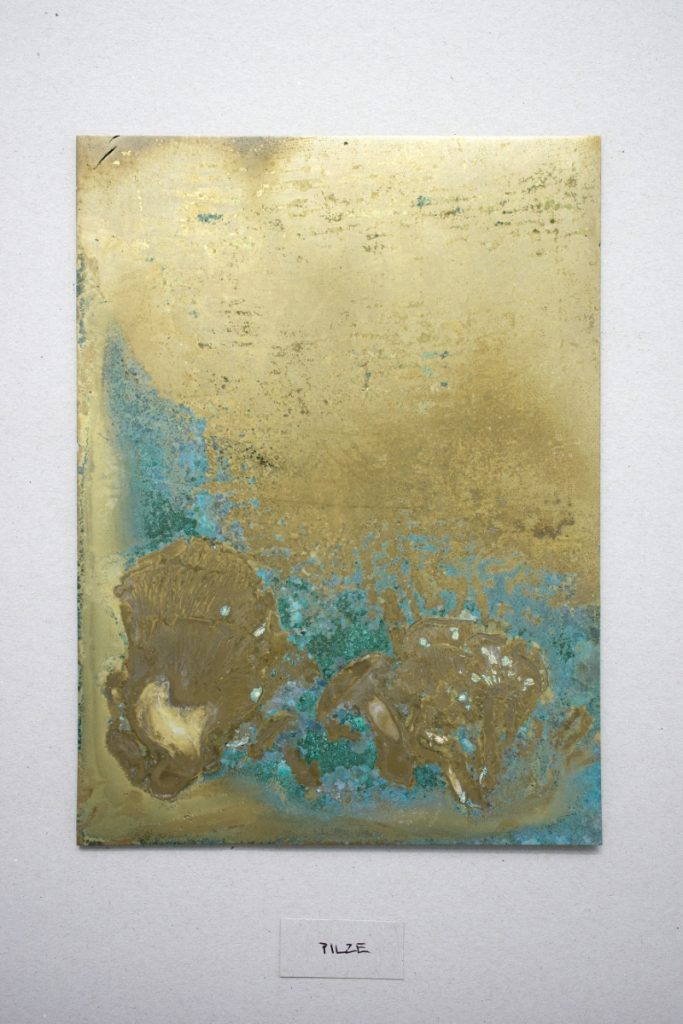
Anita Tarnutzer 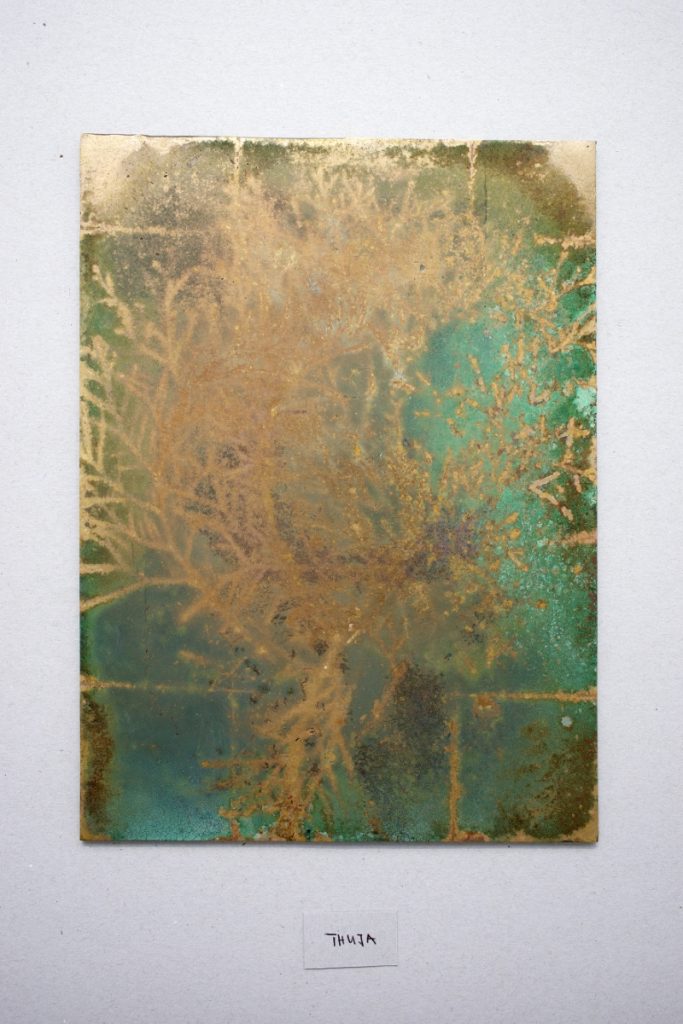
Anita Tarnutzer 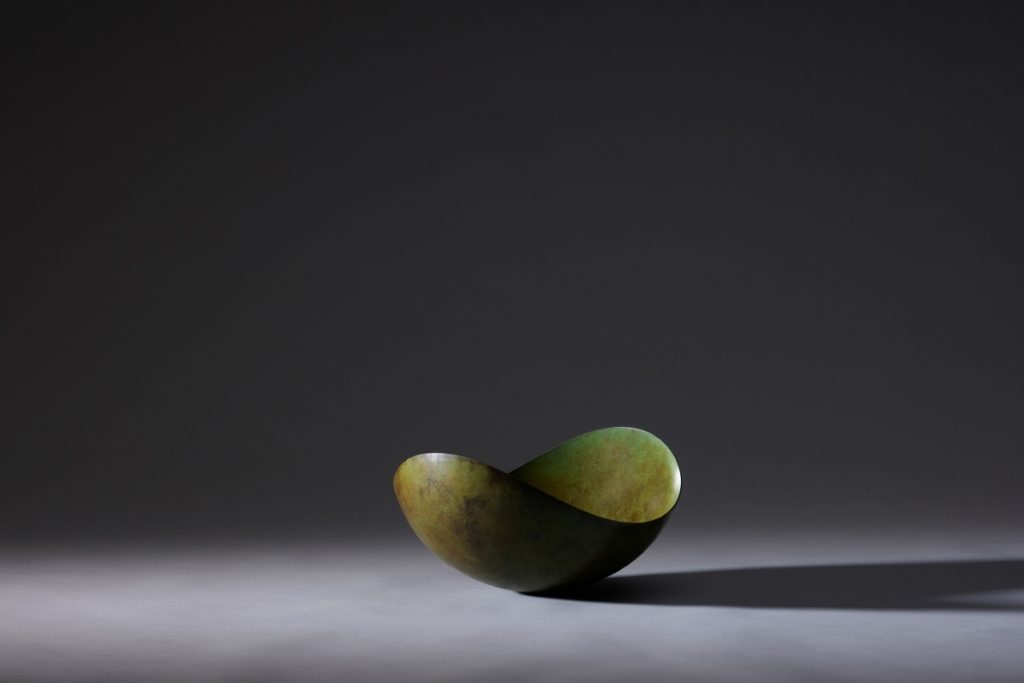
Laurenz Stockner. Photo: Jürgen Eheim 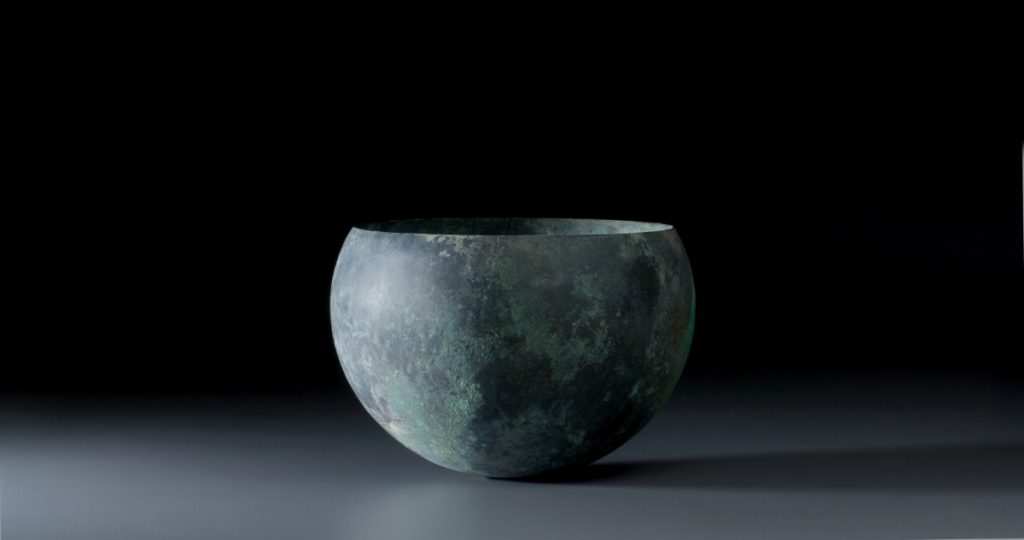
Laurenz Stockner. Photo: Jürgen Eheim 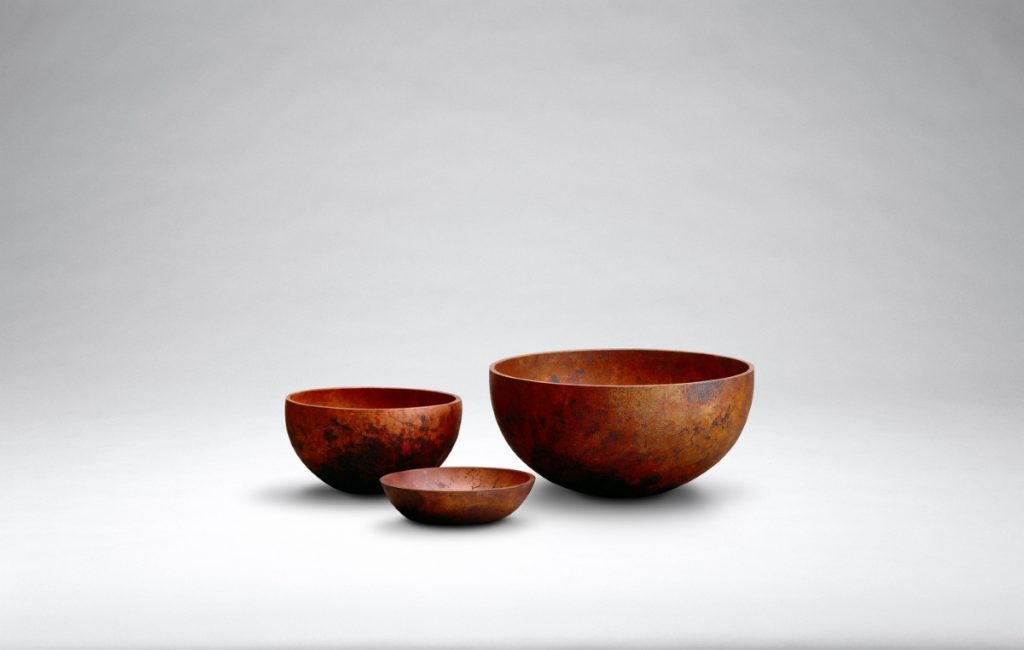
Laurenz Stockner. Photo: Jürgen Eheim 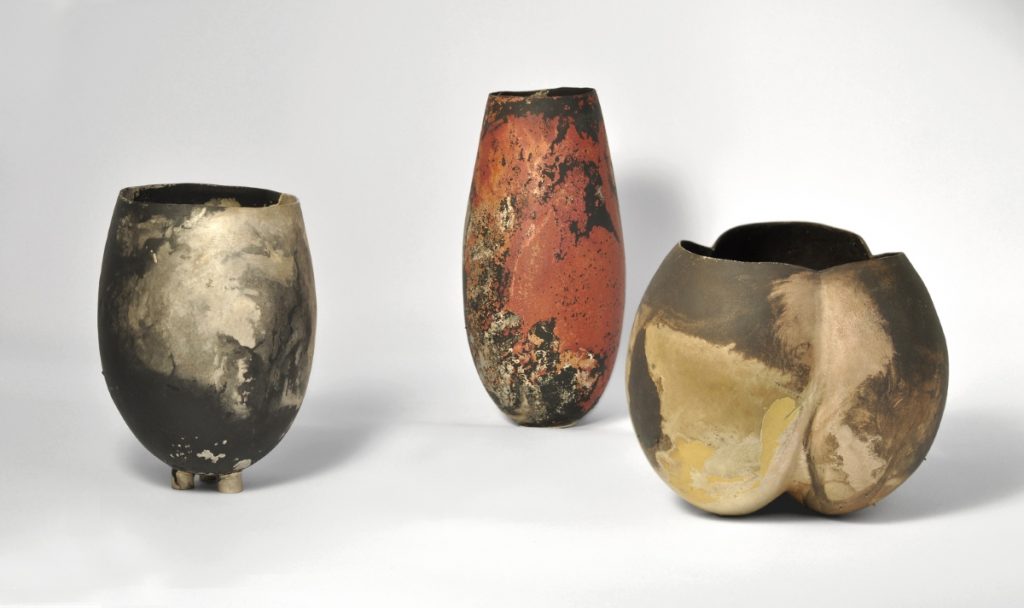
Peter Bauhuis 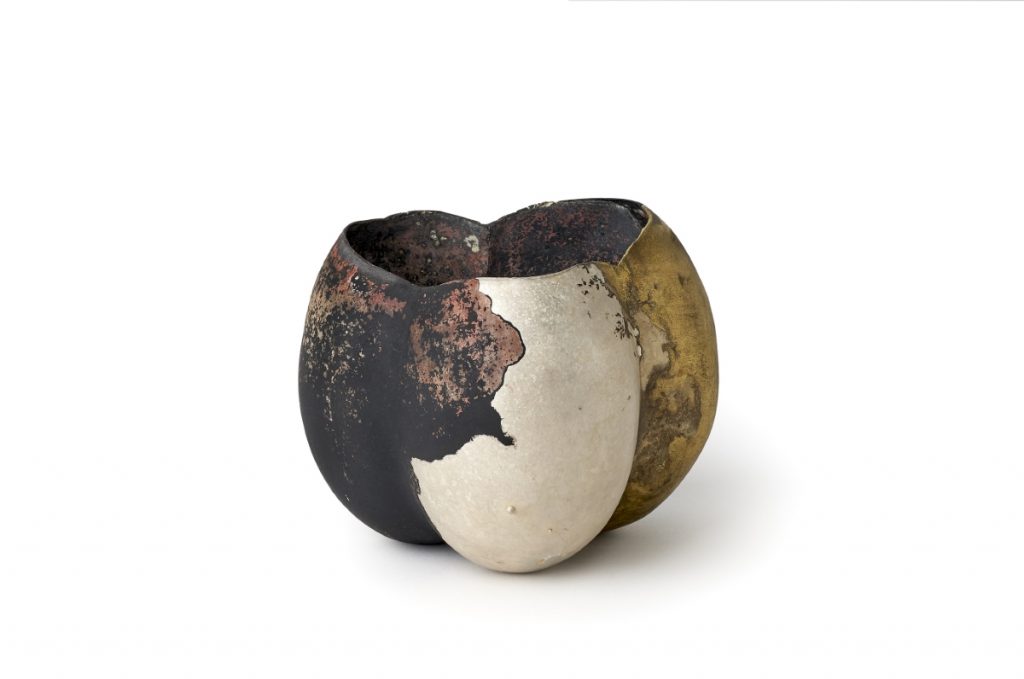
Peter Bauhuis
Surface Alchemy: Peter Bauhuis, Laurenz Stockner, Anita Tarnutzer is on view at Gewerbemuseum Winterthur, Switzerland
September 19, 2021 – February 6, 2022
Bowls, vessels and experiments with metal: “Alchemie der Oberfläche” [“Surface Alchemy”] uses works by the artists Peter Bauhuis, Laurenz Stockner and Anita Tarnutzer to show how experimental curiosity and a creative approach to materials research can enable metal’s physical limits to be tested and its visual appearance transformed in myriad ways. The exhibition at the Gewerbemuseum Winterthur has been expanded to include the special presentation “edel unedel”, which takes a look at the wide variety of craft techniques used for finishing metal surfaces.
The Munich-based goldsmith and artist Peter Bauhuis (*1965) presents vessels cast from various metal alloys: his unusual technique results in archaic-looking colours and textures. These works bear witness to a willingness to experiment as well as many years of experience. The simultaneous casting process he employs enables him to influence chance in such a way that the surfaces of what he calls his “Policasts” evince a primeval yet startlingly fantastical and painterly quality, thanks to unexpected casting traces, incrustations, fine cracks and holes.
The South Tyrolean artist and metalsmith Laurenz Stockner (*1971) forges bowls from a mixture of “cement copper” (smelted by himself) and iron. He creates the raw material for his vessels using an elaborate process that has been known in his region since antiquity. The production of his own basic material is in his view an essential element of his work, as is his mastery of the smelting process. He constantly pushes the boundaries of his material, with the result that his wafer-thin copper bowls, for example, change shape in even the lightest breath of air.
The Swiss artist and metal caster Anita Tarnutzer (*1977) uses vegetable dyes and natural oxidation processes to finish panels made of bronze and brass. In her work “Quintessenzen” [“Quintessences”], plants such as stinging nettles, sorrel and camomile are used in the dyeing process, leaving a distinctive chemical imprint on the surface of the metal. She initiates long-term experimental processes which exploit the capacity of base metals to react to, and be transformed by, the specific action of earth, vegetable substances or even hand perspiration.
Metals – a short introduction
Metals have the capacity to transform themselves in response to environmental influences. Air, water and chemicals cause natural changes in metals, resulting in discolouration, preservation or corrosion. Throughout the ages, diverse cultures have developed a vast array of methods of patinating, refining, colouring and coating metals. Countless techniques are employed to alter and enhance the surface qualities and appearance of these materials.
The permanent MATERIAL ARCHIV exhibition at the Gewerbemuseum Winterthur and the special presentation “edel unedel” provide helpful information about the multiplicity of processes involved.
Contact
+41 (0)52 267 51 36
gewerbemuseum.medien@win.ch
Gewerbemuseum Winterthur
Kirchplatz 14
CH-8400 Winterthur
Germany


